Faces and moments: The World Wars
A number of remarkable figures have gone down in history in times of unimaginable conflicts.
10.10.2018

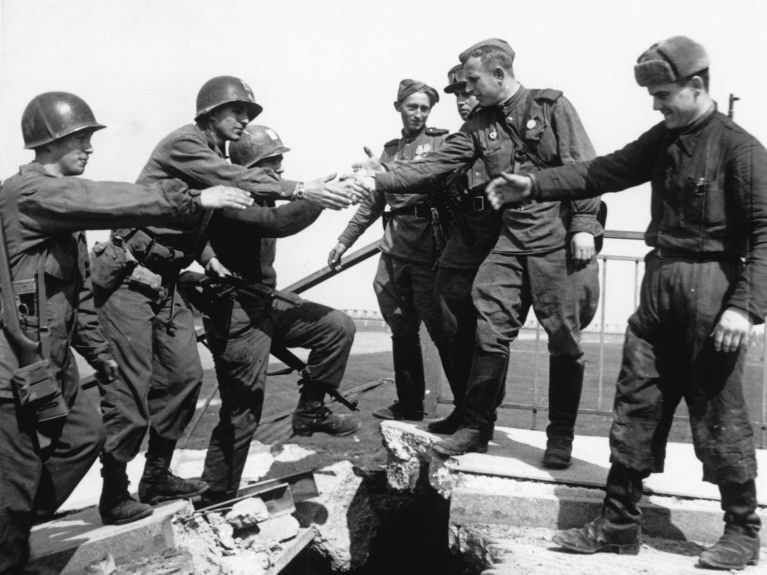
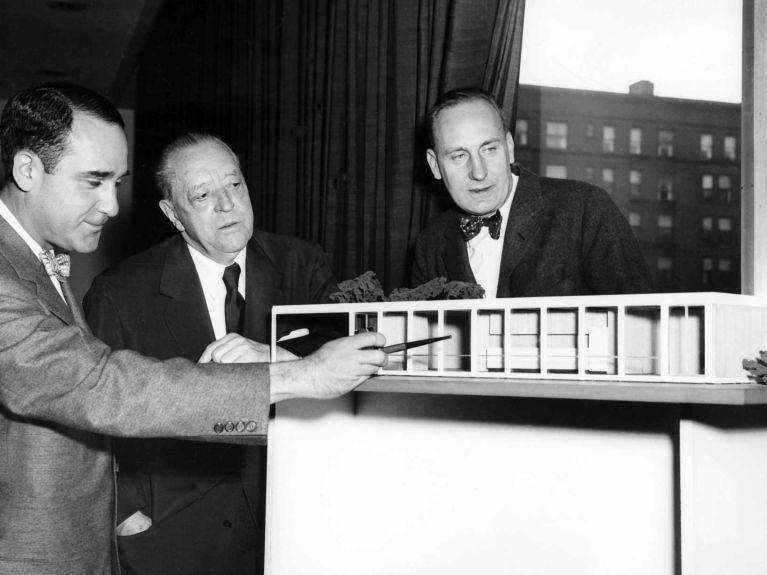
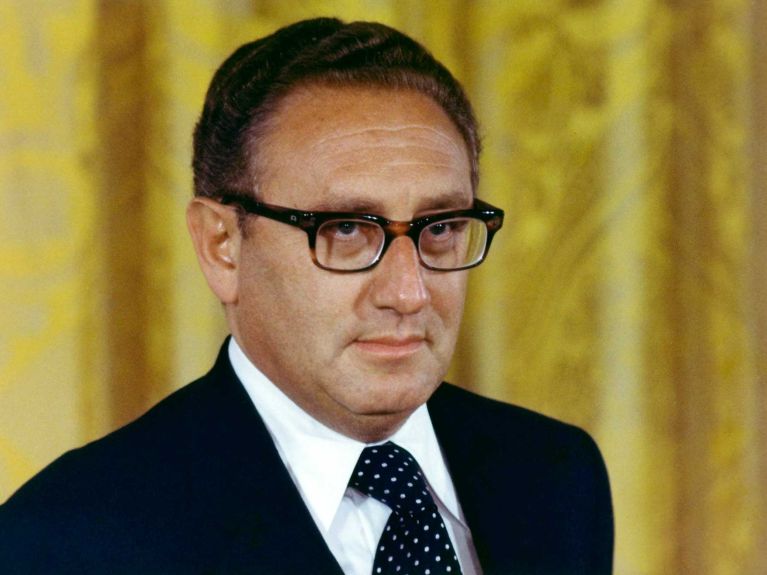



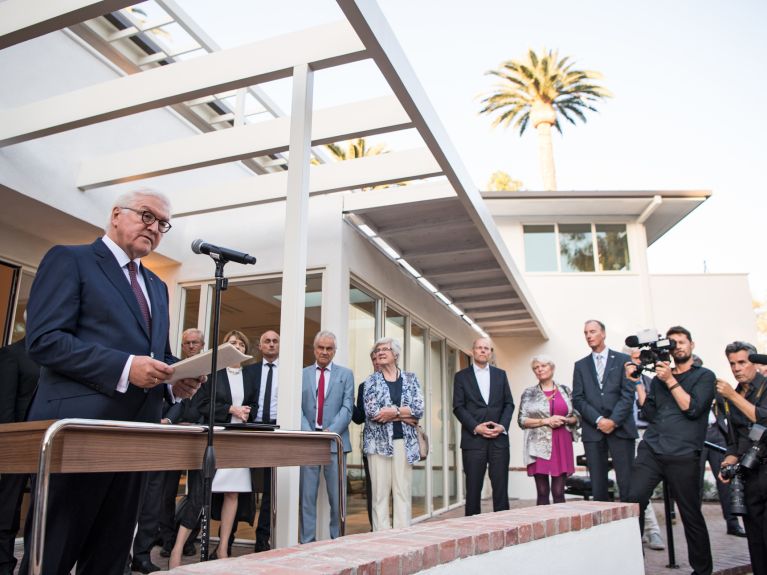
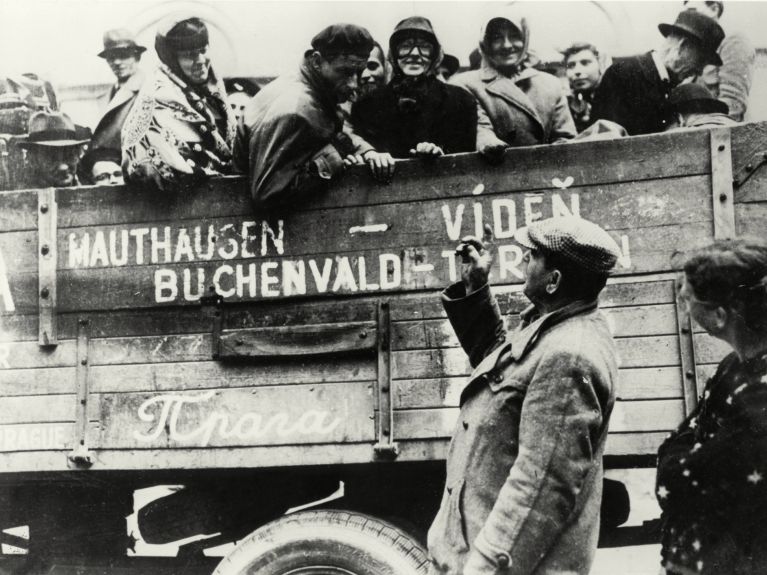
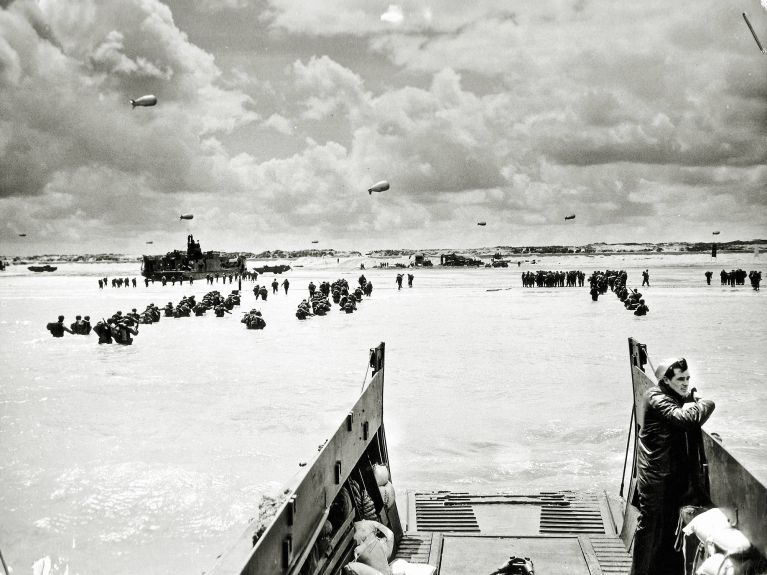

A number of remarkable figures have gone down in history in times of unimaginable conflicts.

Take part in our survey!
Make the most of this opportunity to help us develop deutschland.de further. We look forward to receiving your ideas!
Participation is anonymous and only takes a few minutes!
You can access the survey here.